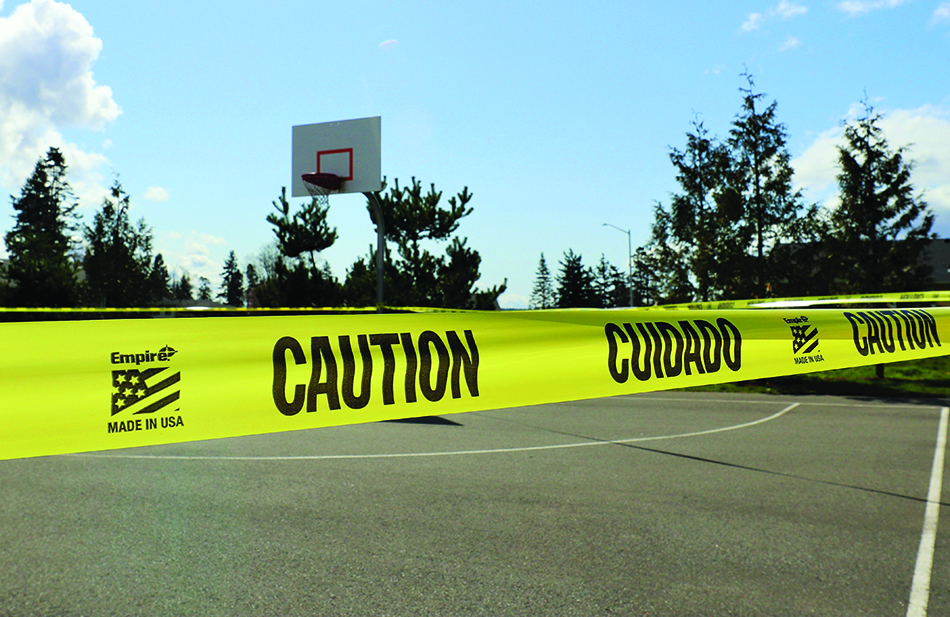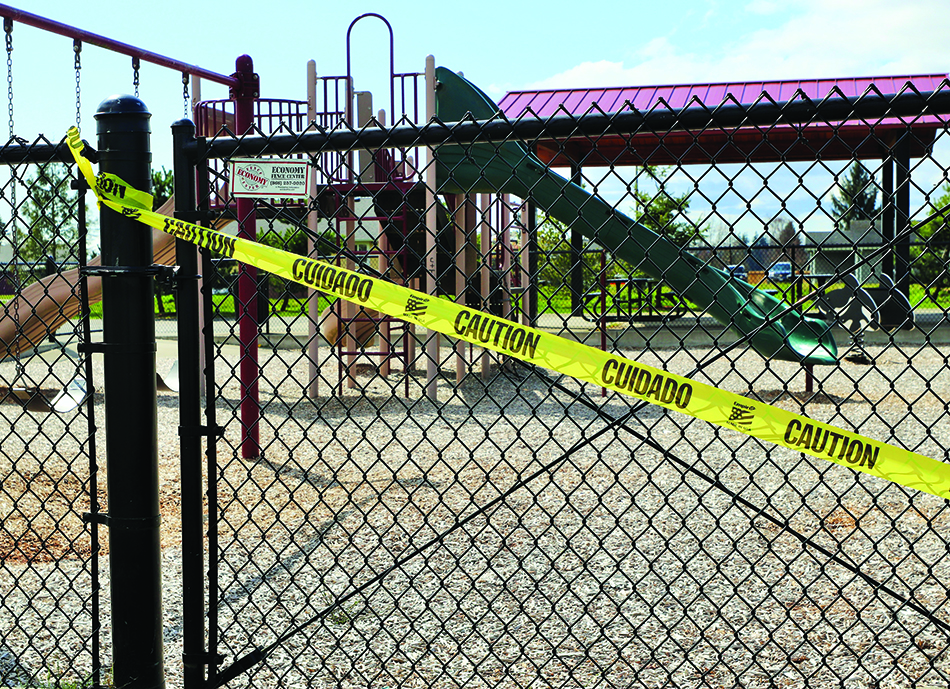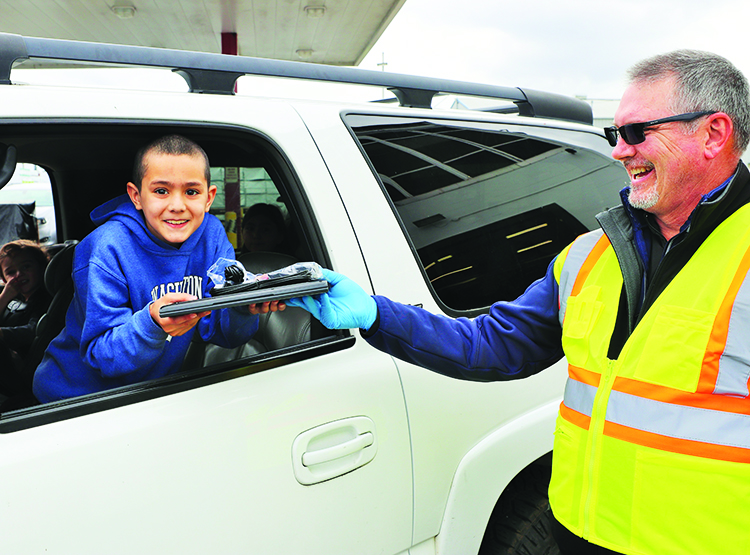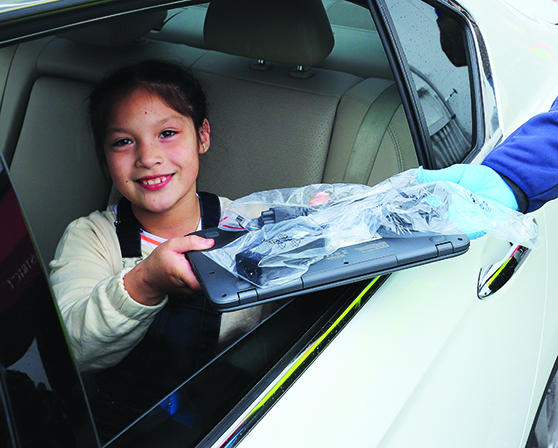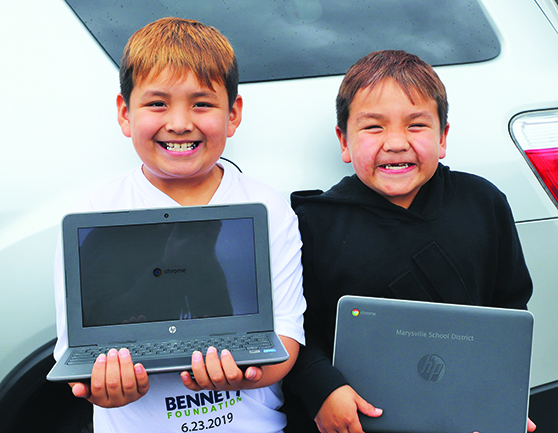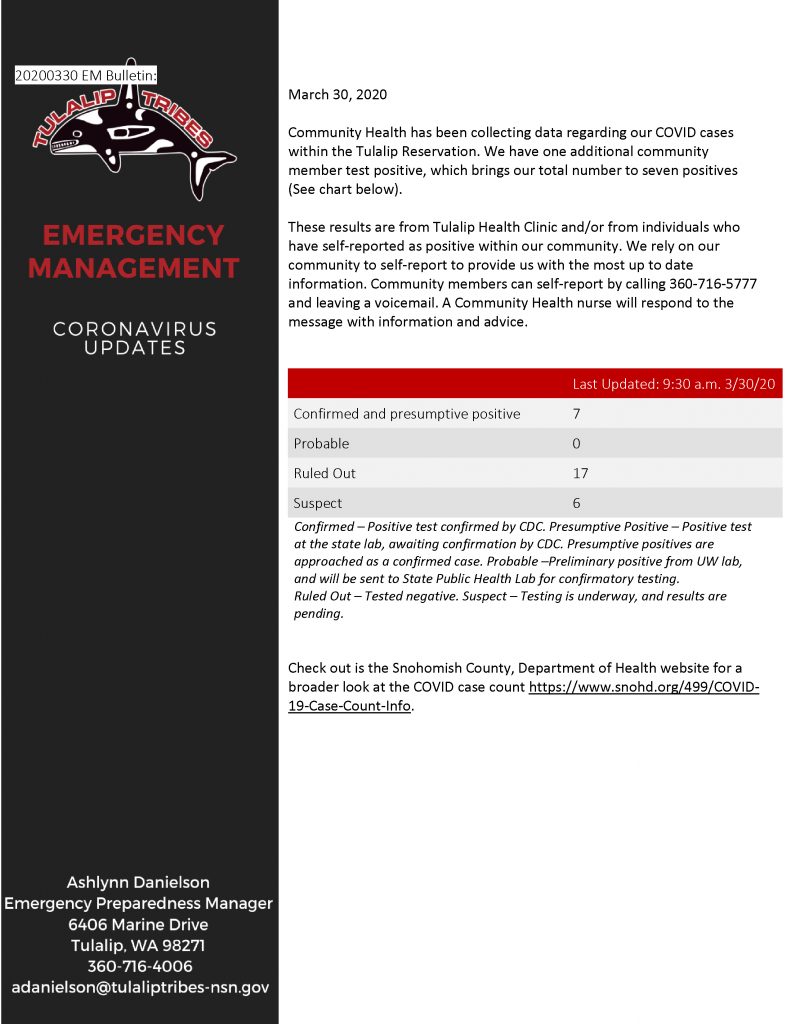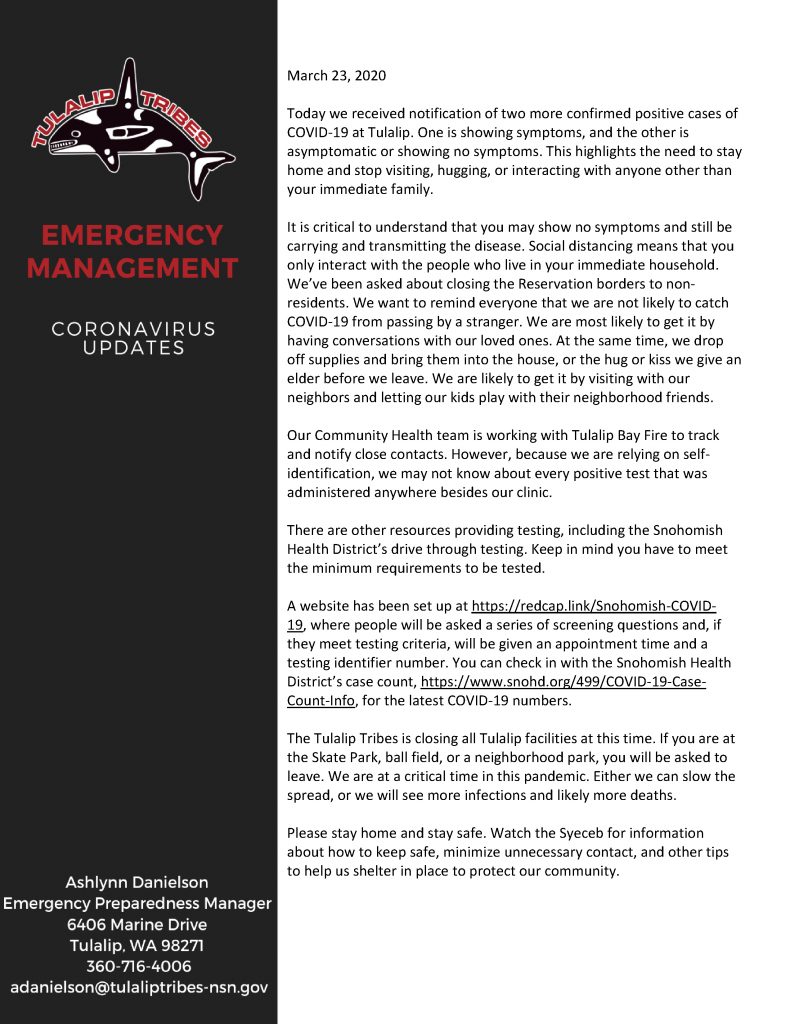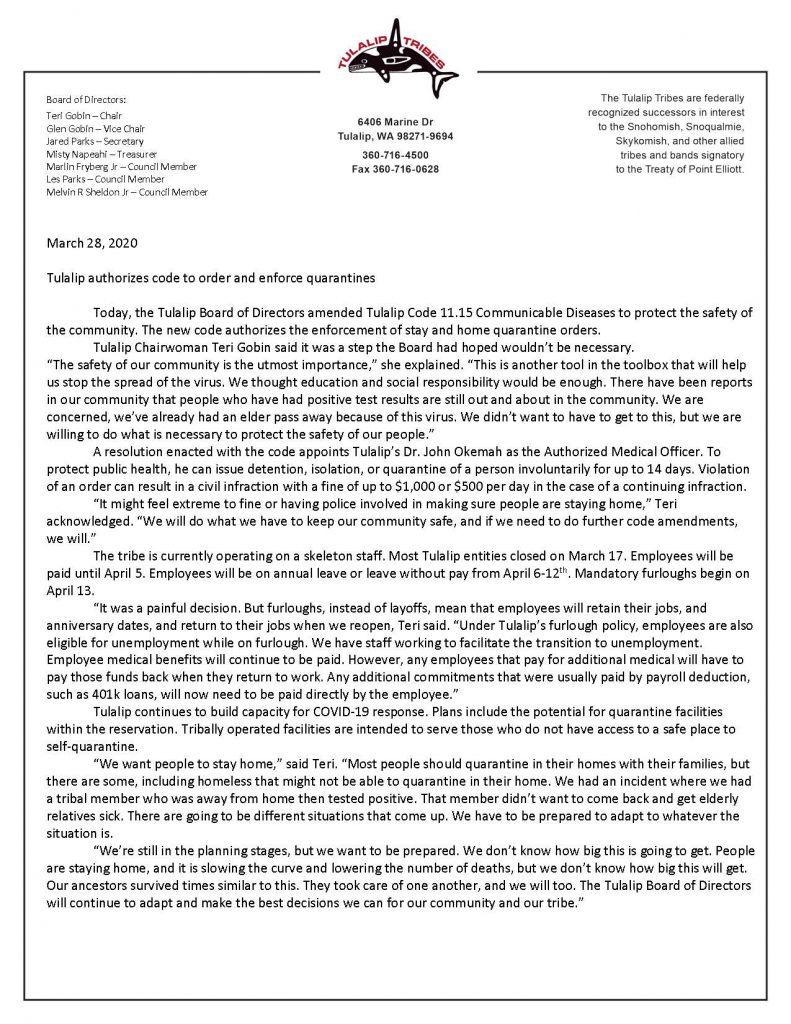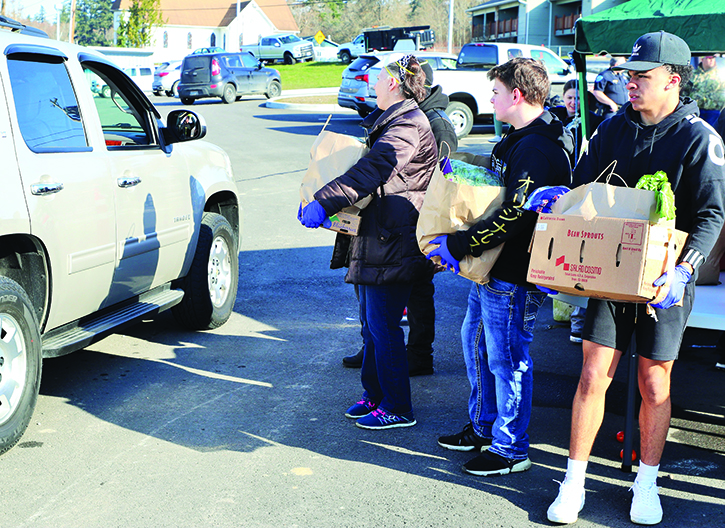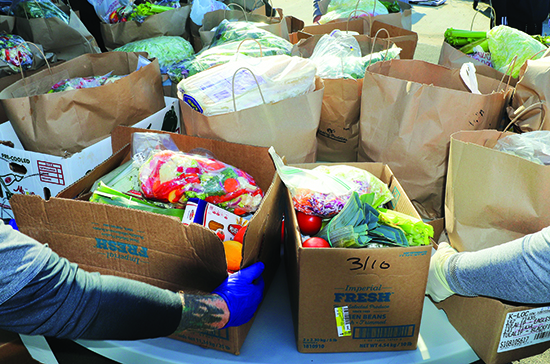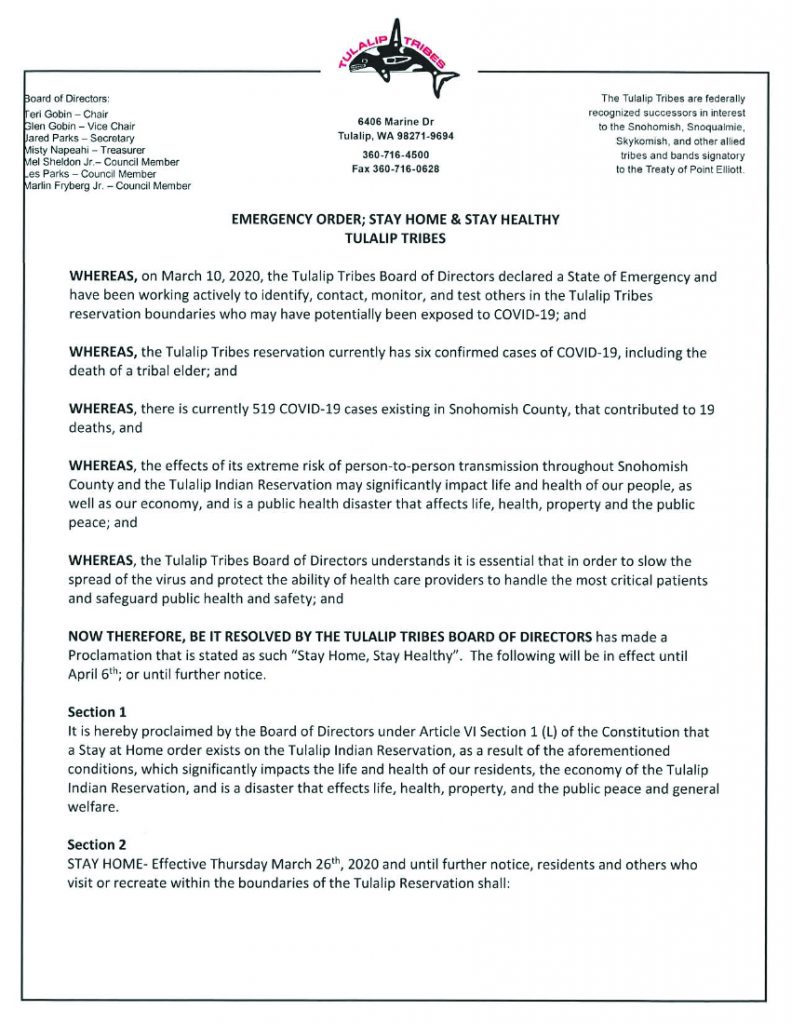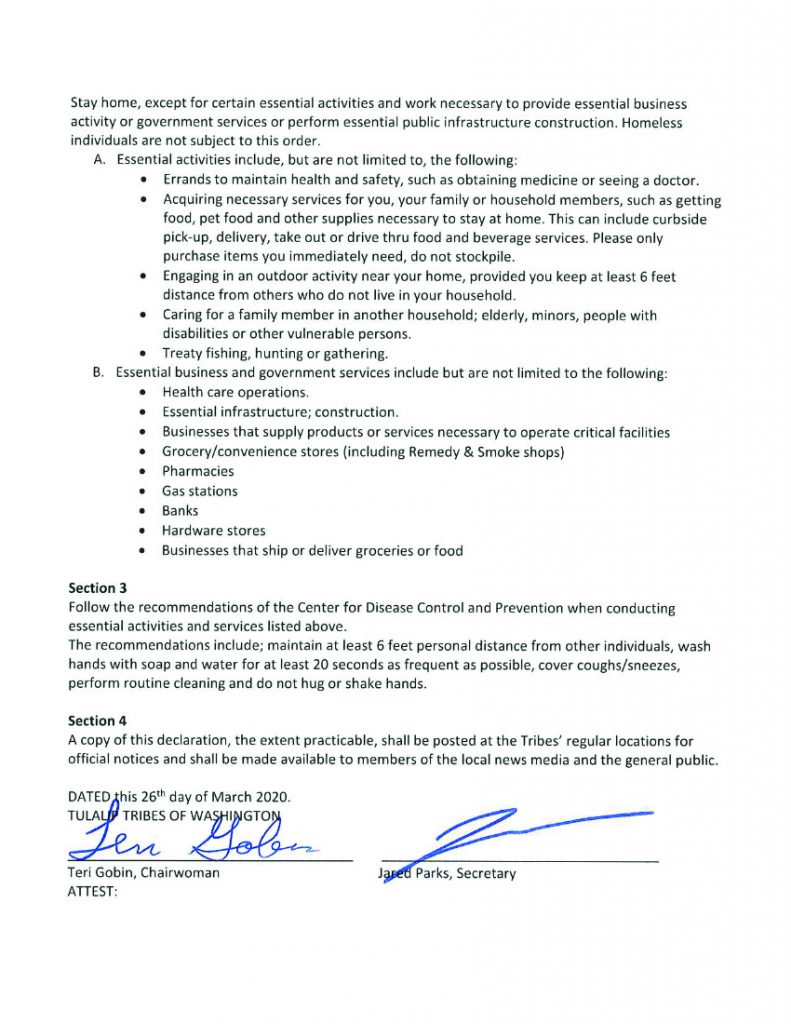Meet the mother-daughter team making powerful and educational jewelry
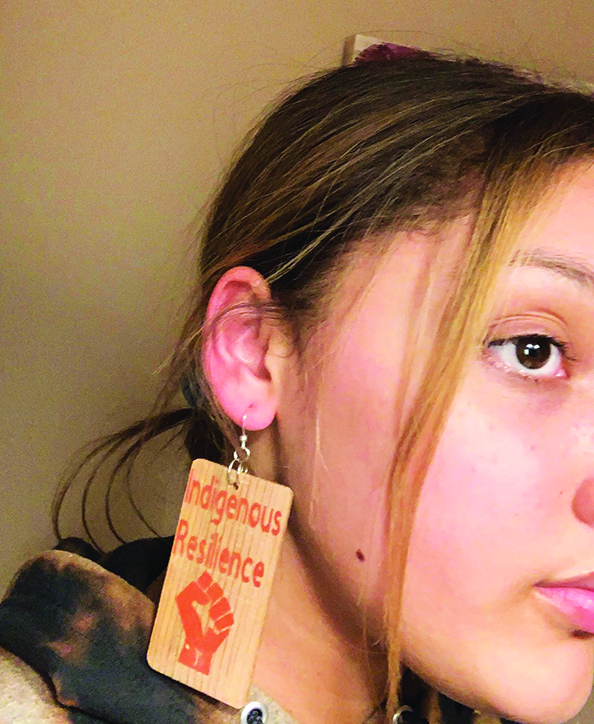
By Kim Kalliber, photos courtesy of
Michelle Myles
Well known around Tulalip for teaching Lushootseed, the traditional Coast Salish language, tribal member Michelle Myles is also recognized for her beautiful artwork. Some of her hand-crafted paddles have been hot ticket items at the Annual Tulalip Boys & Girls Club Auction, where she often donates them to benefit the younger generation.
Lately, Michelle and her teenage daughter Jacynta have been honing their artistic skills on a new craft; Native earrings. Constructed from wood and hand painted, many of the earrings feature Lushootseed words.
The mother-daughter duo has created a bright space in what many consider a gloomy time. During the COVID-19 stay-at-home order, their colorful designs shared on social media give local and non-local residents something exciting to view and even purchase. As Michelle says, “We’re not going to be cooped up forever, get your sexy ready now,”
Michelle agreed to an interview with syeceb staff. The following is an inside look to their craft and how to purchase their earrings.

SYS: What are your artistic backgrounds?
MM: My artistic background stems back to Jerry Jones and his training in 2001. He taught our [Language] department how to carve paddles and I’ve been dabbling ever since. Jacynta has expressed an interest in the artwork and she has always been willing to learn. She has a better eye for what might work and her youth brings a creativity that transcends traditional boundaries.
SYS: What inspired you to make earrings?
MM: To be honest, Covid-19 inspired me to make earrings. When the shutdown started, I was looking for something simple to do with the kids. I have been experimenting in different mediums and shaved cedar was something that I had dabbled in. When we first did it, we hadn’t thought about earrings as much as just doing small crafts. We finished the first couple, Jacynta got our jewelry kit and suggested we make earrings and pendants.
SYS: How long does each pair of earrings take to make?
MM: The earrings that I’ve started promoting take about an hour each. Some of the other mediums were experimenting with take a couple of days each.
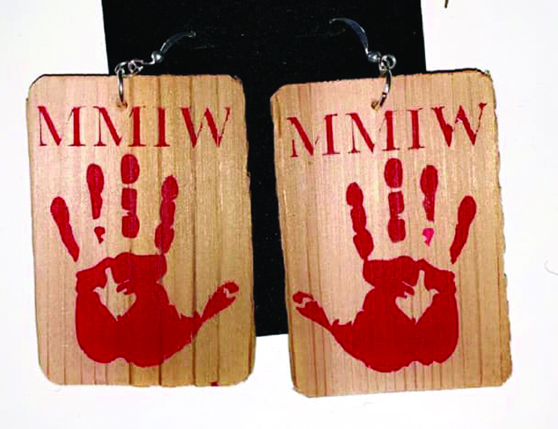
SYS: Do most of the people buying your earrings understand the language? Are some learning first-hand from you?
MM: So far, all of our earrings have been sold to tribal members. Most of these women recognize the symbology and language that we’re using. For example, the Missing Murdered Indigenous Women campaign has grown in strength thanks to women like [activist] Debbie Parker, who has passionately championed on behalf of our sisters who have been neglected or forgotten. We wanted to follow her lead in the promotion of strong Indigenous women.
SYS: How has art helped you through the stay-at-home situation? How has your culture helped?
MM: The time at home has allowed me to actively participate in my kids’ life, which I appreciate. As a teacher, I’m typically busy during their education, so it’s nice to be around for their curriculum.
My culture has always kept me grounded. We’re so westernized as Tulalips that we treat this hiatus as an intrusion. I think of it as our ancestors giving us a hiatus to reflect. That’s why I appreciate my colleagues like Thomas Williams, who are using this time to educate our people on traditional remedies and healing.

SYS: Have you noticed an upswing on artistic and interactive posts on social media?
MM: I don’t really see a difference online in artwork. Most of the people I’m following are full-time artists who are simply continuing to promote their craft. The difference that I see is in my own time to try out things that I spend the day thinking about, but never have the time to pursue.
SYS: What advice can you offer to those that may be going stir crazy?
MM: For people who may be going stir crazy, I encourage them to set life goals and explore ways to accomplish them. I want to be a better artist and historian, so I’ve been spending my time learning about our history, and experimenting in different mediums. I have to listen to [my partner] Lee constantly complaining about the stock market and politics, which takes up way more time than I’d care to admit.

SYS: How do we purchase your earrings and pendants?
MM: All of my art business has been conducted through Facebook. I’ve been so successful through word of mouth that it’s never made sense to run a website. I have my hands in so many different things, art wise, that I would not have even got to this if it wasn’t for the hiatus from work.
You can find Michelle on Facebook at Michelle Myles, where she posts items for sale and how to purchase them. She also wishes everyone to stay safe and healthy.
If you have artwork, stories, article ideas or photos you’d like to share with us, please email Kim Kalliber at kkalliber@tulaliptribes-nsn.gov or Micheal Rios at mrios@tulaliptribes-nsn.gov.
